Chipping onto the green can be one of the most challenging aspects of golf for many players. Understanding the key principles can significantly enhance your ability to chip effectively and consistently. In this guide, we will delve into three fundamental steps that will help you improve your chipping technique, ensuring you can strike your shots with precision and control.
Understanding the Bounce of Your Club
The first step to mastering chipping is understanding the concept of the bounce of your club. Many golfers have heard of bounce but often do not fully grasp its significance. Bounce refers to the angle between the leading edge of the club and the lowest point of the sole. This angle helps the club glide over the turf instead of digging into it.
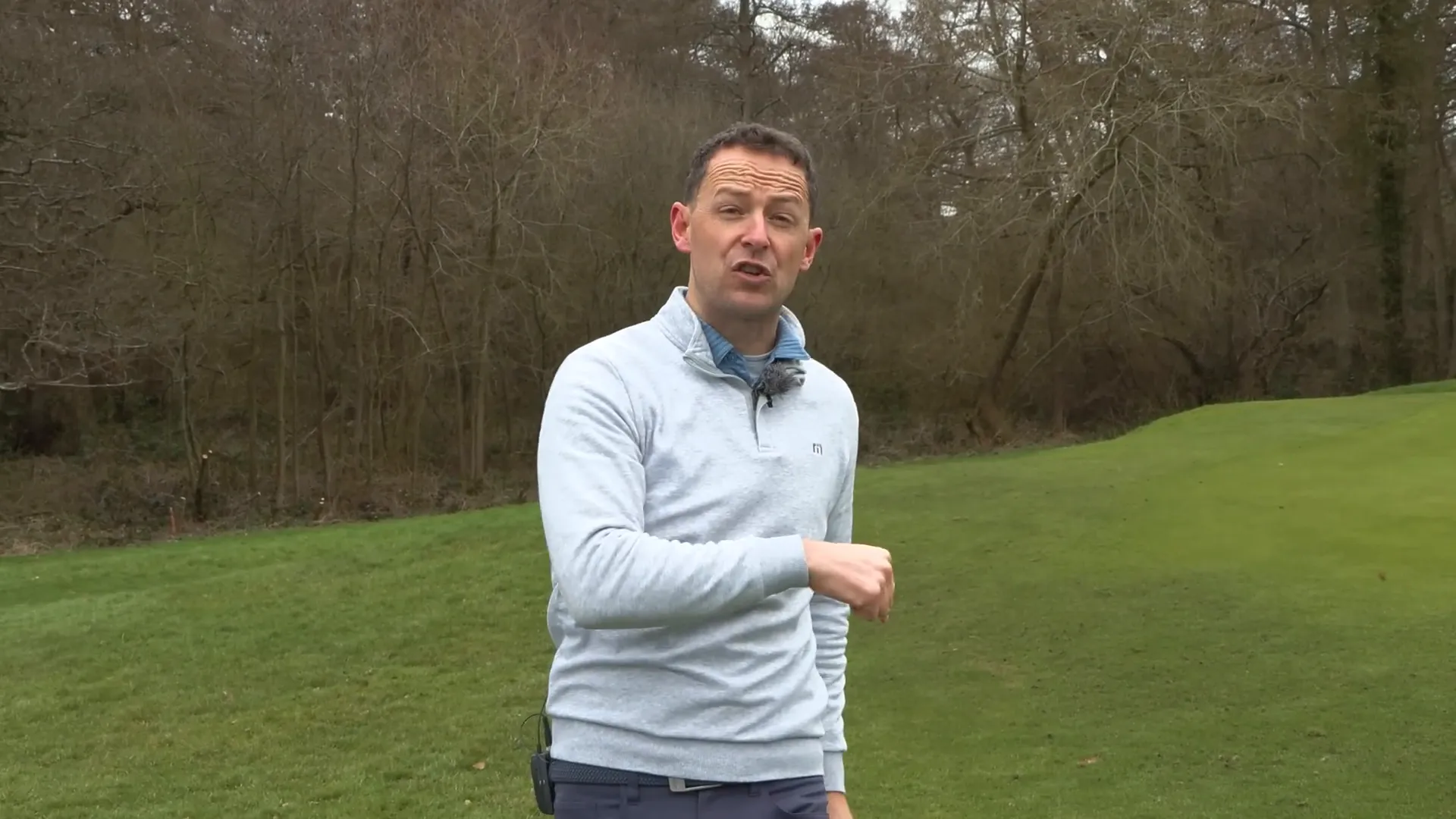
For instance, if you have a wedge with ten degrees of bounce, knowing how to maintain that bounce during your shot is crucial. When you set up for a chip shot, ensure that the leading edge of your club is slightly off the ground, allowing the bounce to engage with the ground. If your leading edge digs in, you’ll likely hit fat shots, while too much bounce can lead to thin shots.
Setting Up for Success
Your setup plays a vital role in maintaining the bounce. Here are some essential tips:
- Narrow Stance: Position your feet about a club width apart. A narrow stance minimizes movement and helps maintain consistency in your swing.
- Close Proximity: Stand closer to the ball. This action lifts the heel of the club off the ground, promoting the use of bounce.
- Wrist Position: Keep your wrists arched upwards. This reduces wrist action, ensuring that the bounce remains engaged throughout the shot.
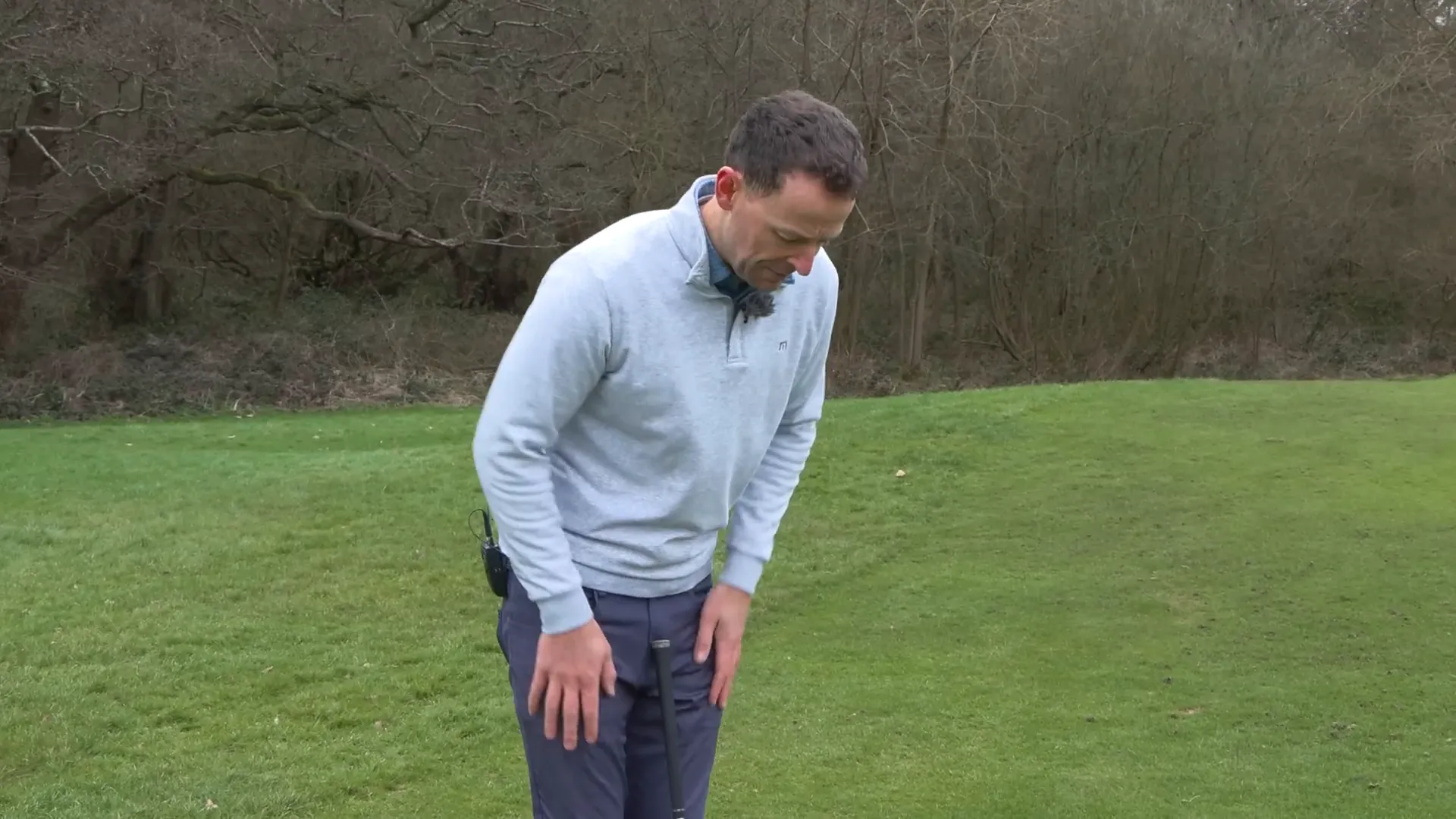
By emphasizing a level shoulder alignment and distributing your weight towards your lead foot, you can further enhance your chipping setup. Avoid excessive shaft lean, as this can lead to poor contact and inconsistent results.
Maintaining the Bounce During the Shot
The second step involves ensuring you maintain the bounce throughout your swing. Many golfers fail to do this, which can lead to mishits. Remember, the bounce is your friend when chipping, and you want to keep it engaged from start to finish.
Visualize swinging the clubhead under a breakfast table. This mental image helps you avoid excessive wrist movement, which can cause the leading edge to dig into the ground. Instead, focus on a smooth, controlled swing that allows the club to glide through the grass.
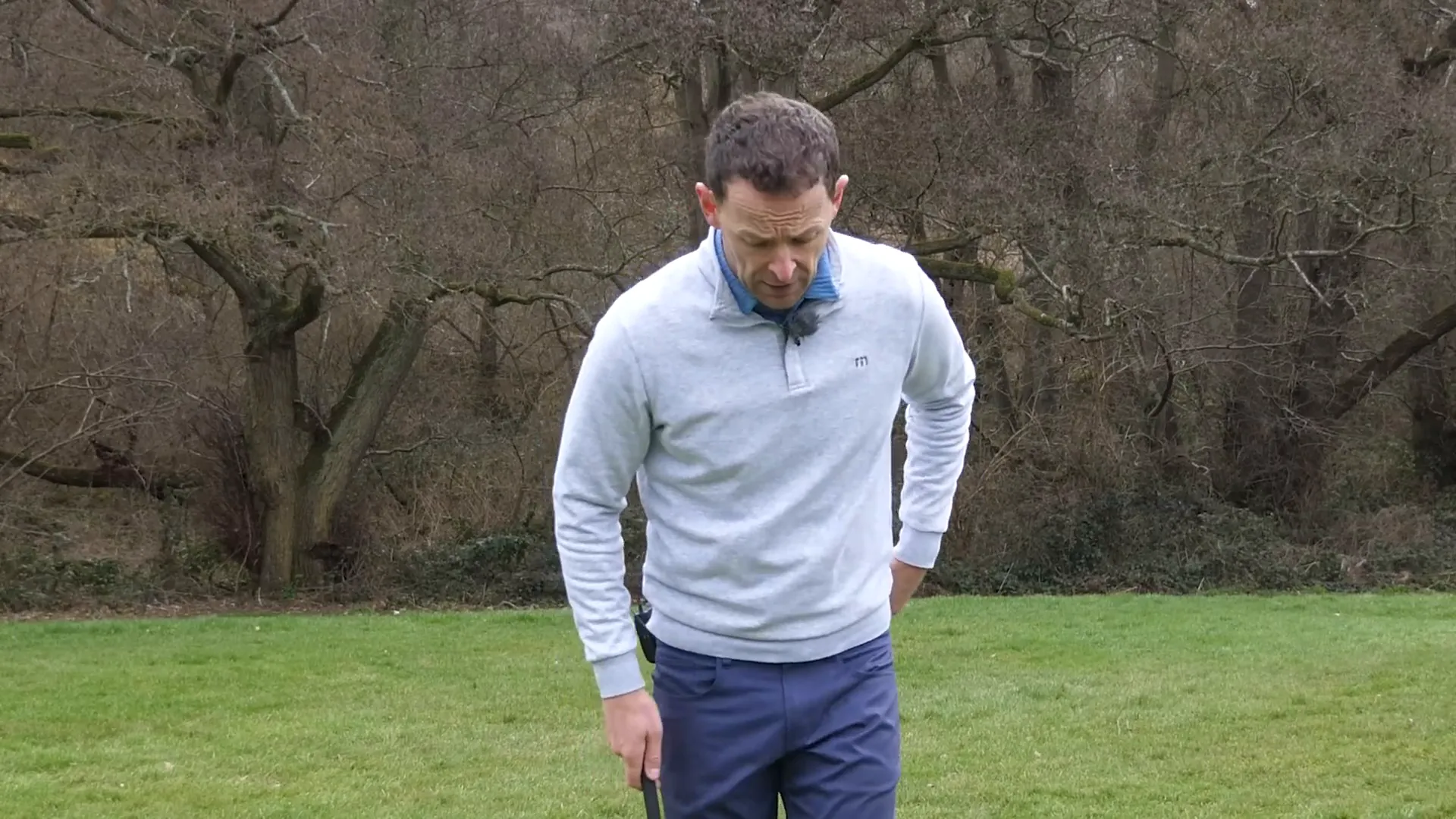
Additionally, pay attention to where the butt end of the club points at the end of your swing. Ideally, it should be directed towards your left hip. This alignment signifies that you have maintained the necessary bounce throughout your shot.
Key Considerations for Consistent Chipping
- Avoid Excessive Hand Action: Too much hand movement can disrupt the bounce and lead to inconsistent strikes.
- Practice Rhythm: Establish a natural rhythm in your swing rather than trying to force a short backswing.
- Club Selection: Choose the right club for the distance. Sometimes a different club, like a nine-iron instead of a wedge, may be more suitable for the shot.
Synchronizing Body Movement
The final step in perfecting your chipping technique is synchronizing your body movement. Unlike a full swing, where the lower body initiates the motion, chipping requires a harmonious movement of both the legs and upper body.
As you set up for your shot, keep your knees moving together with your upper body. This coordinated movement helps maintain balance and consistency, enabling you to strike the ball cleanly. Avoid any separation between your upper and lower body during the swing.
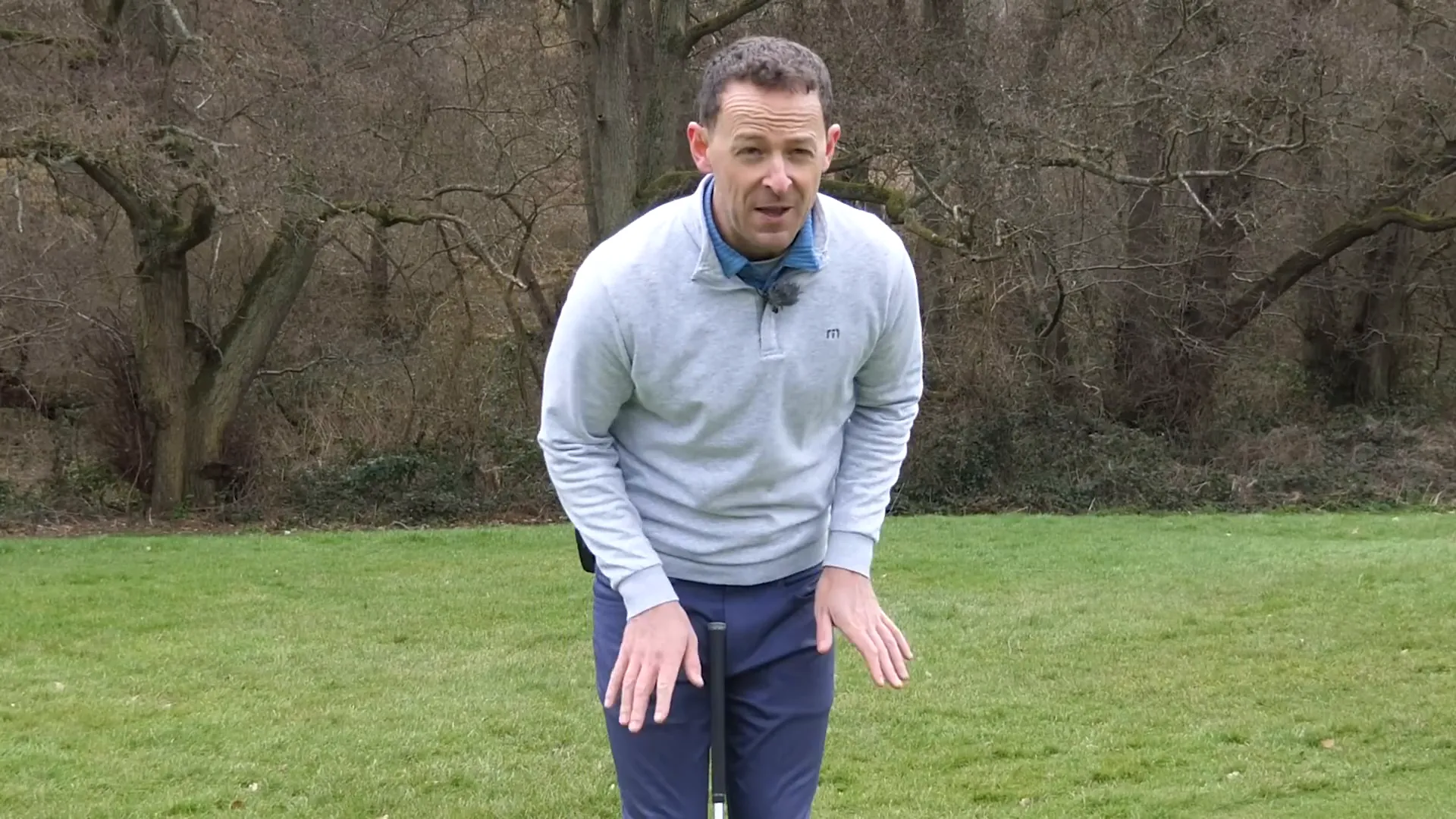
Bonus Tips for Distance Control
One common challenge golfers face is controlling distance on chip shots. Instead of trying to force a short backswing, allow your club to travel back further to create momentum. This approach will help you develop a more fluid motion, allowing the club to fall through the shot naturally.
By finding the right rhythm and ensuring your body works in harmony, you will improve your distance control significantly.
Conclusion
In conclusion, mastering chipping onto the green involves understanding the bounce of your club, maintaining that bounce throughout your swing, and synchronizing your body movements. By following these three simple steps, you will enhance your chipping consistency and control, leading to improved performance on the golf course.
Remember to practice these techniques regularly, and don’t hesitate to adjust your club selection based on the distance and conditions. Happy chipping!
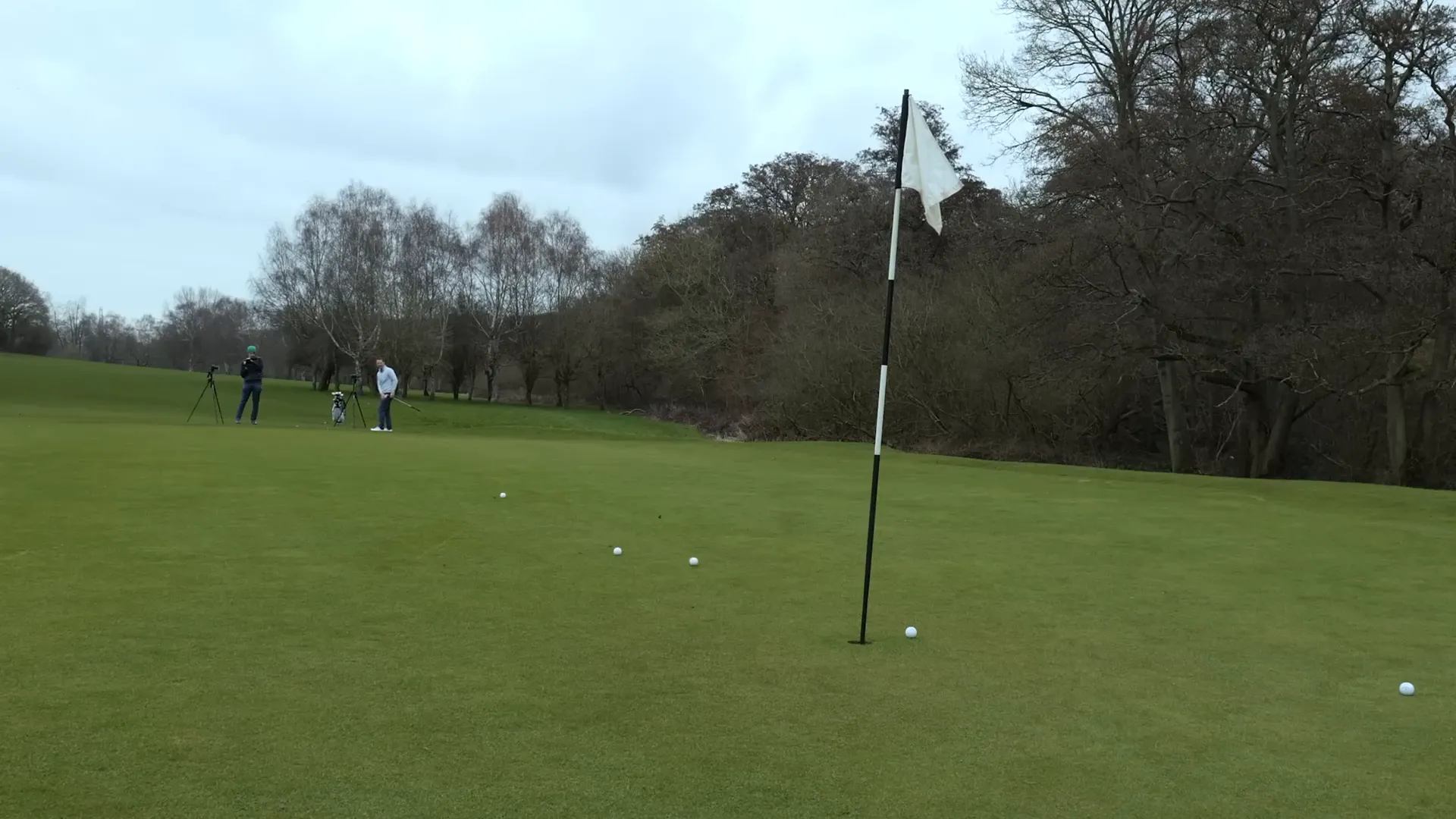

0 Comments